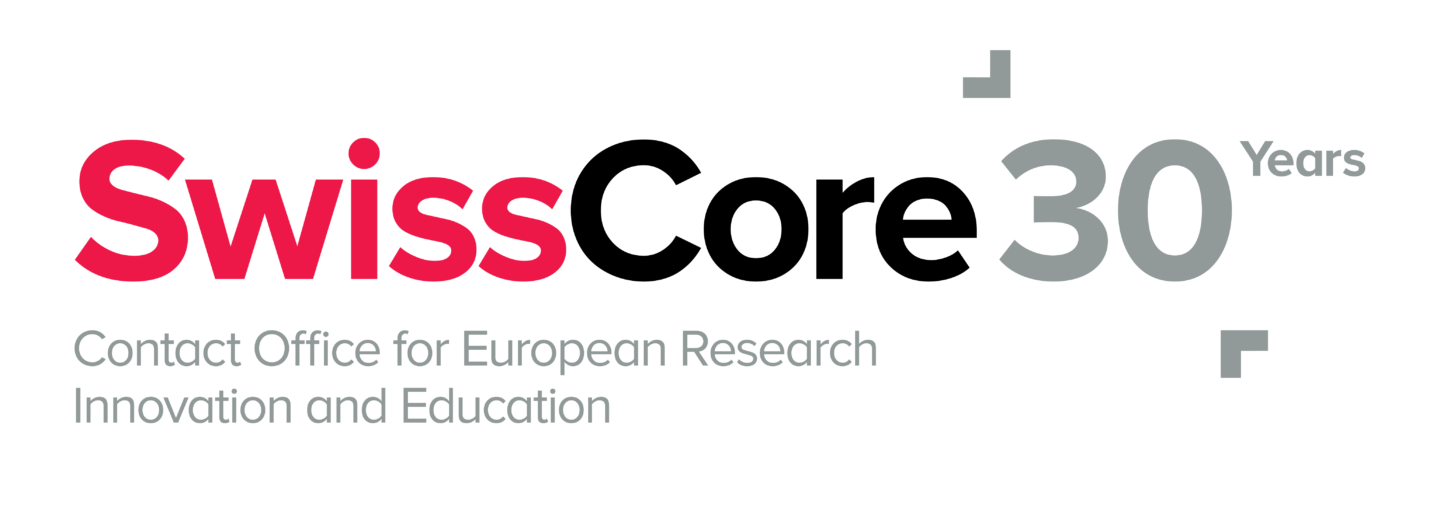The Annotated Grant Agreement provides guidance to beneficiaries and applicants of grants based on actual costs for the funding programme 2021-2027.
After several years of delay, the European Commission published the first non-draft version of the Annotated Grant Agreement (AGA) of Horizon Europe on 1 May 2024.
The delay is linked to what the EC calls a corporate approach, which aims to simplify the grants and apply the same model to all funding programmes (e.g., Horizon Europe, Digital Europe, Erasmus+, etc.) under the latest EU budget cycle. Programme-specific provisions are grouped in Article 6 and Annex 5; the rest of the provisions are the same for all programmes.
Nonetheless, it was more challenging to implement the AGA than expected as numerous directorates in the Commission got a say, prolonging discussions and holding up the publication of AGA.
The AGA is a 418-pages guidance document that explains articles of the EU Model Grant Agreement (MGA) and introduces examples. It should help applicants and beneficiaries interpret the MGA for the EU funding programmes 2021-2027.
Three draft versions were previously published, and the final version is still subject to further changes. Contrasting previous versions, it contains explanations for all MGA articles and information on articles that were still missing (e.g., reporting, project reviews). In addition, the European Commission has also included amendments and additions for articles that were already included (e.g., the definition of the different eligible costs). A complete overview of the amendments can be seen in the list of changes in the AGA.
Besides, it is important to highlight that the AGA is not replacing any legal document, nor offering legal advice.
Furthermore, the AGA is limited to the provisions of the EU Model Grant Agreements, which is the grant agreement for EU action grants (AG), meaning for grants that are funded based on the actual costs incurred by the beneficiaries. For guidance on other types of grants, the document ‘How to manage your lump sum grants’ needs to be considered. Finally, in addition to the AGA, for a more general overview of how EU grants work, the Online Manual and the programme-specific guidance published in the Funding & Tenders Portal Reference Documents are of relevance. The Portal Reference Documents also contain a comprehensive list of all other reference documents, for each EU programme (including legislation, work programme, and templates).

